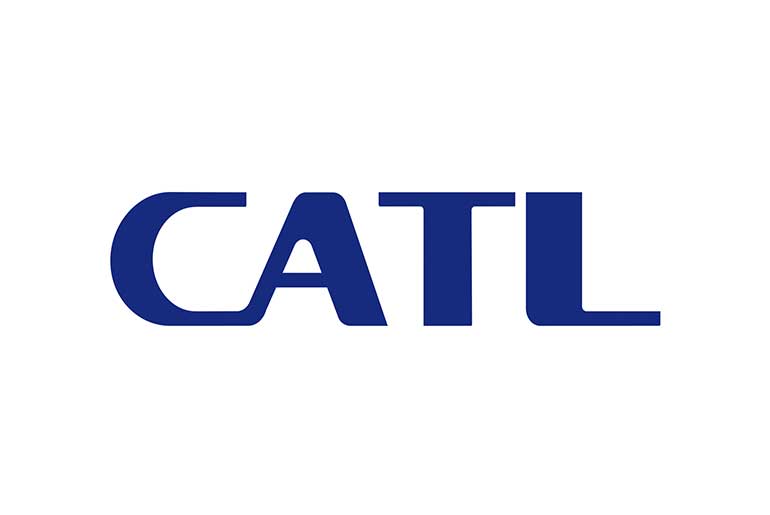CATL has announced a breakthrough in lithium metal battery (LMB) technology through quantitative mapping, venturing into previously uncharted territory in electrolyte strategy. This pioneering research, published in Nature Nanotechnology, enables LMBs with both high energy density and extended cycle life, solving a long-standing challenge in the field. The optimized prototype has reached a cycle life of 483 cycles and can be incorporated into state-of-the-art designs to achieve an energy density of over 500 WH/kg, marking a significant step toward commercial viability for applications like electric vehicles and electric aviation.
LMBs are widely regarded as the next-generation battery system thanks to their intrinsically high energy density, especially for high-end power applications such as long-range electric vehicles and electric aviation. However, these batteries have long faced a trade-off between energy density and cycle life. Previous research has focused on enhancing cell performance by optimizing solvation structures and solid-electrolyte interphases. And these approaches often compromised lifespan, falling short of delivering commercially viable solutions. Limited progress has been made to understand the failure mode of LMBs due to the challenges involved in accurately quantifying the consumption of active lithium and electrolyte components during cycling.
To overcome this barrier, CATL’s R&D team developed and refined a suite of analytical techniques to track the evolution of active lithium and each electrolyte component throughout the battery’s life cycle. This approach transformed a “black box” into a “white box,” unveiling the critical depletion pathways driving cell failure. The team discovered that, contrary to previous assumptions, the dominant cause of cell failure is not solvent breakdown, dead lithium accumulation, or solvation environment disruption, but the continuous consumption of the electrolyte salt LiFSI, with 71% of it consumed by end of life. These results highlight the need to broaden industry focus beyond Coulombic efficiency (CE), long considered the key metric for LMBs, to also include electrolyte durability as a critical factor for sustained performance.
Building on these insights, CATL optimized the electrolyte formulation by introducing a lower molecular weight diluent. This adjustment increased the LiFSI salt’s mass fraction, improved ionic conductivity, and reduced viscosity, all without increasing the total mass of electrolyte used. The resulting LMB prototype, while exhibiting the same CE as the previous iteration, doubles the cycle life to 483 cycles and can be adopted in new designs with an energy density over 500 Wh/kg. This breakthrough initiates a paradigm shift for developing batteries that are both energy-dense and built to last.
“We saw a valuable opportunity to bridge the gap between academic research and its practical application in commercial battery cells. Our findings underscore that LIFSI salt consumption and, importantly, overall salt concentration are fundamental determinants of battery longevity.”
– Ouyang Chuying, co-president of research & development at CATL and executive deputy director of the 21C Lab.
The research was conducted at CATL’s 21C Lab, which focuses on advancing next-generation battery technologies. CATL invested about RMB 18.6 billion (USD 2.59 billion) in R&D in 2024. The company holds more than 43,000 patents that have been issued and are pending globally. These efforts strengthen CATL’s leadership in battery technology innovation, turning scientific research into practical clean energy solutions.



